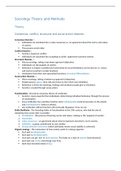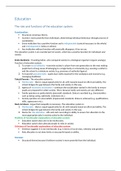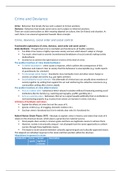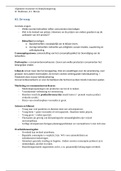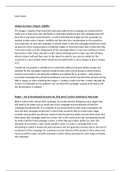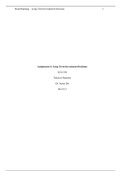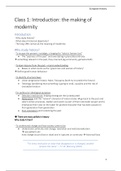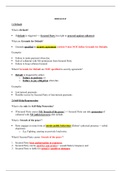Summary
Summary AQA A-Level Sociology Theory and Methods (Paper 1 and 3)
- Course
- Institution
These notes explore Theory and Methods, which appears on Paper 1 and Paper 3 for AQA A Level Sociology. They have been structured with the help of the actual exam specification provided by AQA, ensuring that everything has been covered. Other topics are available to download including Education wit...
[Show more]
